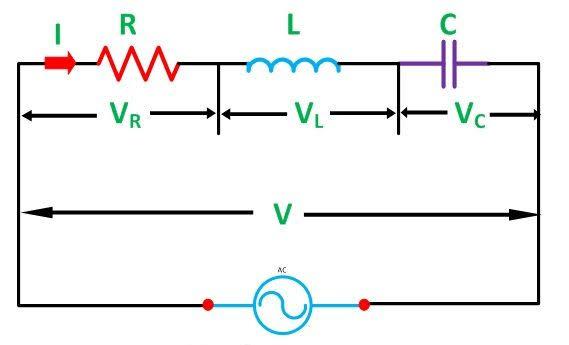It is an electrical circuit consisting of an inductor that stands for L, capacitor which stands for C and resistor which stands for R which are connected in series or parallel. This name LCR is derived from the sequence of these letters used to denote the constituent components of this circuit. This circuit forms a harmonic oscillator for the current which introduces the resistor which increases the decay of this oscillation which is known as damping. The circuit of LCR or derived as inductor, capacitor or resistor can have many applications as oscillator circuit as in radio receivers and television sets use them for tuning to select the narrow frequency from radio waves. This LCR circuit can be used as a bandpass filter, bandstop filter, low pass filter, and high pass filter and this filter is described as a second-order circuit which means that any current in the circuit can be described by second-order in circuit analysis.

What are the basic concepts of LCR?
Some of the basic concepts are resonance, natural frequency, damping, bandwidth, and scaled parameters. In resonance, an important property of this circuit is it’s the ability to resonate at a specific frequency and the frequencies are measured in units of hertz and this is measured in radians per second. There are two different ways in which resonance occurred in which first is in an electric field as a capacitor is charged and in a magnetic field as the current flow through the inductor as energy can be transferred from one to the other within the circuit and this is no passing metaphor in which weight on a spring is described exactly by the second-order this the resonance is described as the frequency at which impedance of a circuit is minimum and at very low phase and it is also described as the frequency at which the impedance is purely real.

What are the applications of LCR?
There are so many applications of LCR namely variable turned circuits, filters, oscillators, voltage multiplier and pulse discharge circuit. In variable turned circuits a very frequent use of these circuits is in the turning circuits of analogue radio as adjustable tuning is achieved with the help of a parallel plate of variable capacitor which can be changed or tuned to different frequencies. In this filtering application, the resistor become the load that the filter is working on. In oscillator applications such as filtering and many more is generally desirable to make the attenuation as small as possible.